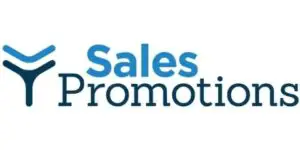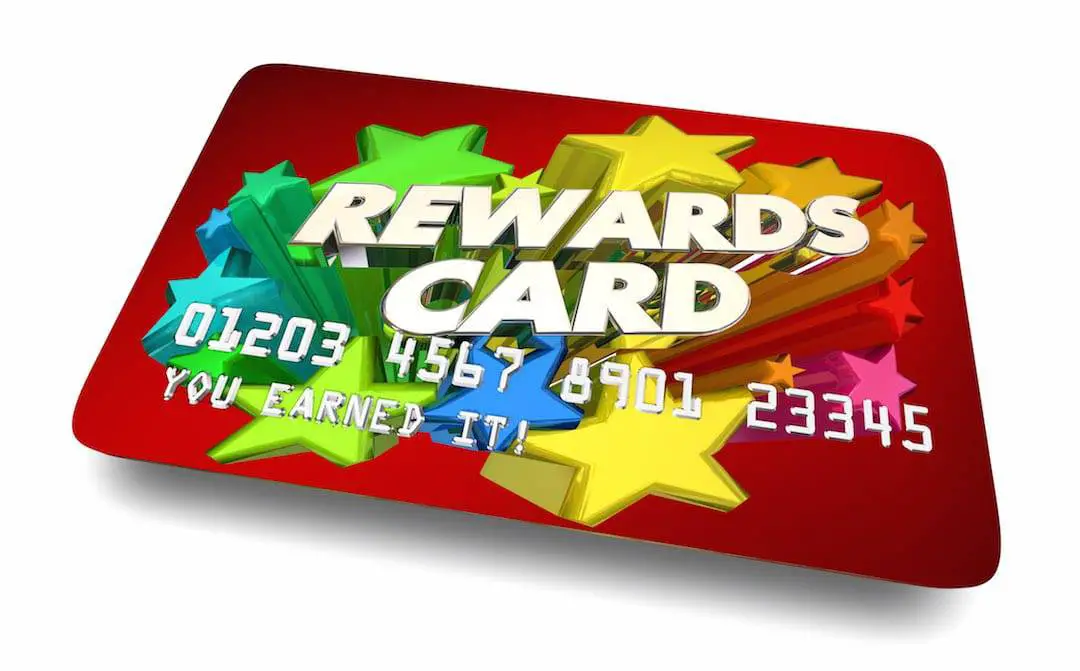Table of Contents
*This post may contain affiliate links. As an Amazon Associate we earn from qualifying purchases.
An astonishing 74% of US businesses use Incentive Rewards to drive sales. This sales promotion technique, defined as the use of non-cash rewards to promote a sale, is a value-added approach that often gives companies a competitive edge. In an age of intense competition, incentive rewards motivate people to sell or buy, more. The fact that a product or service is of better quality, or has greater value may be meaningless if your sales team doesn’t get in front of the customer. If you are battling in a market where the customer may perceive your product as similar to competitors, incentive rewards will engage people and create an atmosphere where customers are appreciated.
How Companies use Incentive Rewards
The top uses for incentive rewards, from highest to lowest are for: Sales, Channel, Employee, Customer Loyalty and Corporate Gifts. The data was compiled by the Incentive Federation in the 2013 Incentive Market Study. This study also notes that the majority of companies using incentive awards are smaller companies, with revenues between $1 and $10 million. As companies grow and look for ways to differentiate their products from established competitors, incentive rewards are a value-added benefit that gets the product in front of more customers, giving businesses the opportunity to demonstrate how their features compare and to motivate customers to buy.
Incentives Rewards People Want

According to the Incentive Marketing Association, redemption trends are shifting to items that help consumers with everyday expenditures. This makes sense giving the slow growth of the economy. The top five incentive rewards identified in the Incentive Market Study, by companies usage are: Gift Cards, Merchandise, Logo’d Items, Individual Travel and Experiential. The study notes that Gift Cards are used more for employee programs (88%) than for Corporate Gifts (55%), reinforcing the notion that the current economic need to reduce expenditures, makes for a desirable non-cash reward. Technology trends make Incentive Rewards a hot sales promotion technique. Mobil is the most important trend in the industry. eCertificates, known as eCerts, have met the challenge for customers need for immediate gratification. The eCert is growing in popularity while the Gift Card is showing signs of decline. More clients want access through their Smart Phone with a redemption experience that is hassle free. Other technology trends such as gamification, data and social media applications are also starting to change the redemption process for incentive rewards.
Build Loyalty With Incentive Rewards
Reducing expenditures and getting a value-added incentive reward, such as a unique experience or luxury item, sets you apart from the competition and motivates people to take action. Depending on your product or service, and your target audience and category, incentive rewards may be used to position a specific benefit to differentiate your brand from competitors. While many incentive rewards are a value-added gift used to make the sale, taking the tangible ‘reward’ and adding the intangible appeal of ‘recognition’ sets your incentive reward program apart, and engages your target on an emotional level. Experiential, behavior focused, relational and emotional are examples of words to brainstorm with as you connect with the audience’s psyche to make them feel rewarded, recognized and appreciated. A reward will make people feel good about their purchase; recognition takes the extra step toward creating an emotional connection to build customer and employee loyalty.

